It’s a story which Hollywood would have dismissed as too far-fetched; the life of one man which stretches from slaughter on The Somme to befriending Ernest Shackleton in the Arctic Circle.
And that’s merely the start of the remarkable exploits of Banchory-born, Aberdeen-educated Francis Metcalfe, who was later targeted for assassination by Sinn Fein in Ireland and pursued by Scottish police after absconding to France when money went missing at Menzies Castle in Perthshire.
At various stages, he was a schemer, a dreamer, a fraudster and a fabulist, somebody with a pinch of Walter Mitty in his make-up, but he also possessed striking courage and strong convictions and his charismatic personality ensured there were no shortage of readers when he wrote exclusively in the Sunday Post about “My Escape from Scotland and My Prison Experiences.”
There was a danger that Metcalfe’s feats and misdeeds might be lost in the mists of history, but they have now been vividly brought to life by Aberfeldy writer Mark Bridgeman, whose compelling book The Nearly Man has already been shortlisted for a prestigious literary award.
I talked to him and asked the most obvious question: what had persuaded him to delve into this remarkable, multi-faceted figure, who was born in Deeside in 1893 and died in Vancouver in 1971, aged 78, in the first place?
He said: “I first stumbled across Francis Metcalfe in 2019 while I was researching tales of true crime for a series of short stories.
“From the initial bits and pieces which I uncovered, I soon realised that there was a lot more to this man than I first thought.
“The inspiration to write it was twofold. Firstly, the chance to describe some of the 20th century’s lesser known, but most savage and fascinating events.
“Metcalfe offers us a real-life lens through which to observe the futile and forgotten Arctic Russian War, the Civil War in Ireland, the Depression-era riots in Canada and the Spanish Flu epidemic. That was too good an opportunity to miss, and the results are truly captivating.
Vicarious thrill was too good to miss
“Secondly, telling this story was the opportunity to talk about an ordinary person, instead of a superhero, a celebrity, or someone brilliant in their field.
“This is someone who lived an astonishing life, in extraordinary times, and made lots of remarkable decisions, some good, and some bad – very bad!
“Writing this book made me realise how ‘safe’ my life has been and how few risks I have actually taken. In these circumstances, it was illuminating to walk vicariously in someone else’s shoes for a while.
In its entirety, Metcalfe spent roughly half his life in Canada, nine years in the Army, two years in prison, one year in Ireland, nine months in Russia and several months on the run from the police.
He moved from the Highlands of Scotland to the muddy battlefields of Flanders and through the Arctic wastes of Russia and the peat fields of rural Galway, via the lights of London and the pavement cafes of Paris – where he yearned to meet American author Ernest Hemingway – to the dark prison cells of Peterborough, Perth, Paris, Birmingham and Glasgow.
Yet, if he was a fraudster, he was also a far-travelled courageous soldier and an adventurous friend of Shackleton. And that meant that Mark had to wade through archives and conduct months of research – helped by an appeal in the Press & Journal – to bring all the disparate strands of the story to fruition.
He said: “With such a breadth of events to cover, my research has involved contacting institutions, organisations, and individuals across all four corners of the world. I was lucky enough (thanks to an appeal which I placed in the P&J in 2020) to contact the last remaining family member who had actually met Metcalfe, way back in 1961.
“Together, we managed to put together some of his remarkable story. Then, through a contact of a contact, I was granted access to his Canadian military records, and through another, the records of a series of village hall talks that Metcalfe undertook in the 1920s.
“Add to that serious research into the Great War, the Irish Civil War, life in a French prison, the drinking habits of Shackleton, topography of the Northern Divina River in Russia, and the streets of Banchory and Aberdeen at the end of the Edwardian era and you get a taste of where my journey took me.”
One of the most obvious conclusions from Mark’s book is that Metcalfe doesn’t fit neatly into any stereotypical description. Neither an outright hero or villain, he rubbed shoulders with famous people – rather like Zelig in the Woody Allen film – and displayed conspicuous gallantry in conflict.
For instance, he was gassed at Ypres and subsequently survived The Somme, where he met Lord of the Rings writer John Tolkien in the trenches.
An enigma wrapped inside a riddle
But then, there were many brushes with the law and spells behind bars which can’t be easily glossed over. So what does Mark make of his protagonist?
He replied: “That is quite a tricky question. Part of the fascination with this man is that he is so difficult to sum up.
“On the one hand, he was obviously incredibly brave, even foolhardy. He was undeniably intelligent, artistic, and likeable.
“Yes, he was undoubtedly a little pompous and he rather loved the sound of his own voice. But I think his good qualities outweighed his bad.
“After all, he has been an entertaining companion for me on an amazing journey through the 20th century. And I wouldn’t have taken that journey if I hadn’t made the effort to unearth his story.
‘What would I have done in his place?’
“He also rubbed shoulders with a couple of heroes of mine, Ernest Shackleton and Vera Brittain, which I found fascinating.
“One thing that anyone can take away from reading The Nearly Man, is the opportunity to ask yourself: ‘What would I have done in the same situation as Francis Metcalfe? Would I have been as brave or as foolhardy as he was?’
“I am not sure many of us would know the answer until that defining moment. A nearly man or a really man? I have no idea which one I am.”
Ultimately, as Mark conveys, his subject lived a fuller, richer, more varied, more dangerous and more exciting life than most of his peers.
But, even during his twilight years in Canada, his deceptions continued. He still continued to call himself Captain Metcalfe, yet he had left the Army in 1919 and had never achived that rank.
And, while he worked as a sales representative, he referred to himself as a biochemist, though he had never gained the qualifications to earn that title, despite having claimed to have studied at Aberdeen University.
But he must have been a truly convincing liar. After all, when he eventually succumbed to a massive heart attack in September 1971, his occupation was listed on his death certificate as a biochemist.
Given his north-east background, it’s hardly surprising that The Nearly Man will officially be launched in Aberdeen next month and the author has devised an intriguing format for the occasion.
He said: “I will be hosting a unique book event at Waterstones bookshop in the Bon Accord Centre on Friday August 12. And tickets for this are available directly from Waterstones.
“The event won’t be just an ordinary book launch, but will be a real-life trial. I’ll be giving the audience the chance to play judge and jury as I relate the story of Francis Metcalfe’s infamous fraud trial from the 1920s.
“Will you find him guilty or not? You’ll have to wait to hear the evidence!”
There’s more than enough material here for a first-class drama series. Which, one suspects, would delight Metcalfe more than 50 years after his death.
The Nearly Man is published by Whittles Publishing and is available from Amazon, Waterstones, and all good bookshops.
More like this:
Family finally gains chance to honour Moray airman Alastair Taylor who died in Dambusters raid
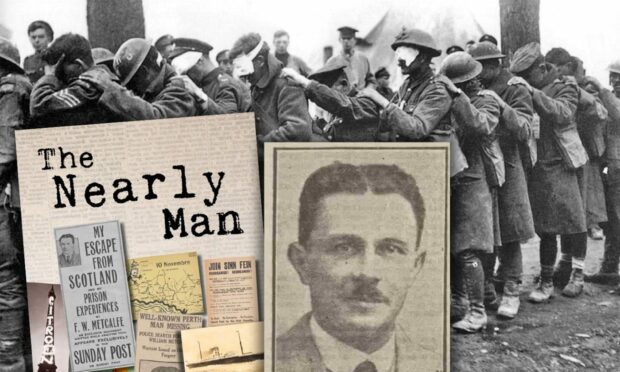
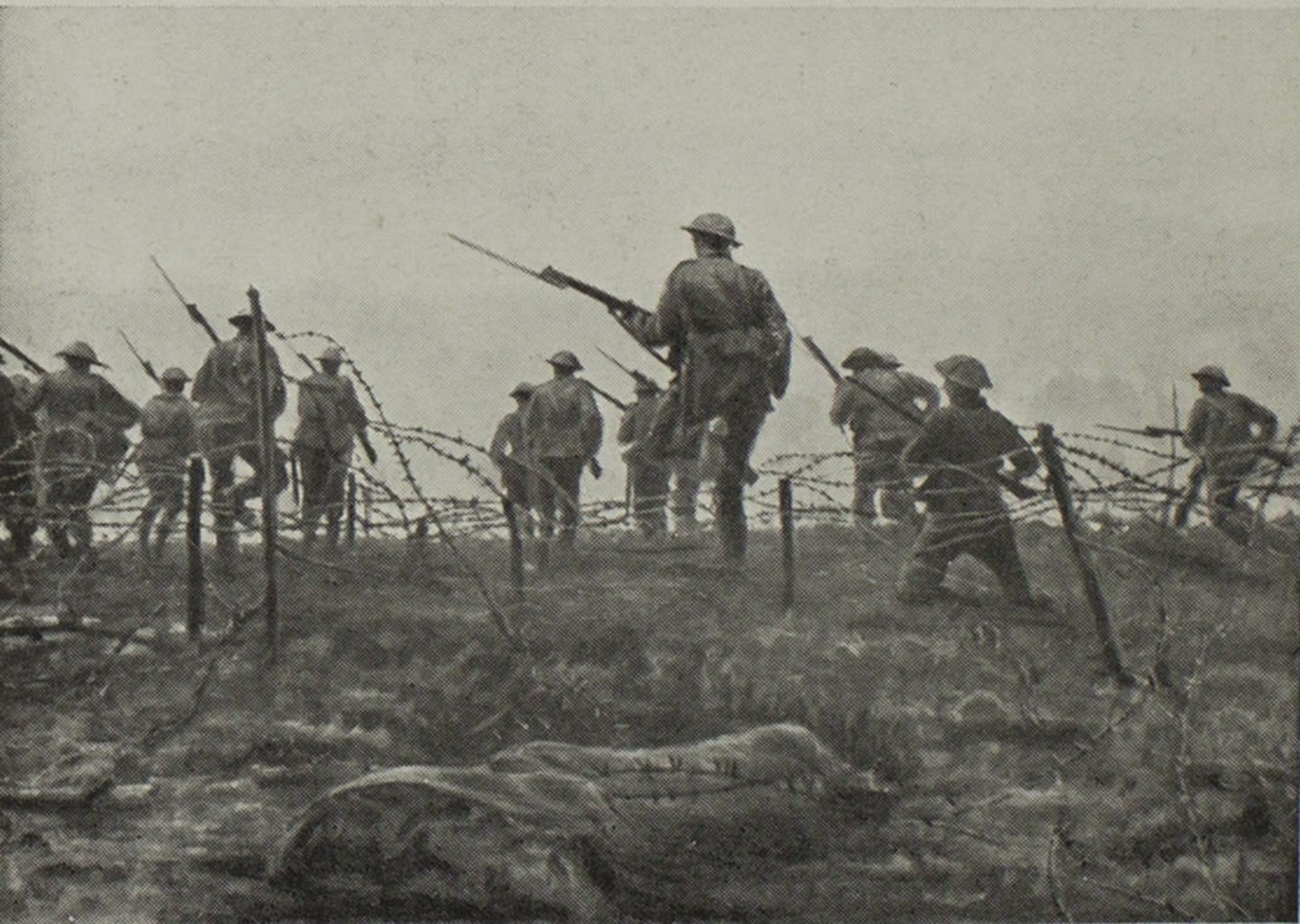
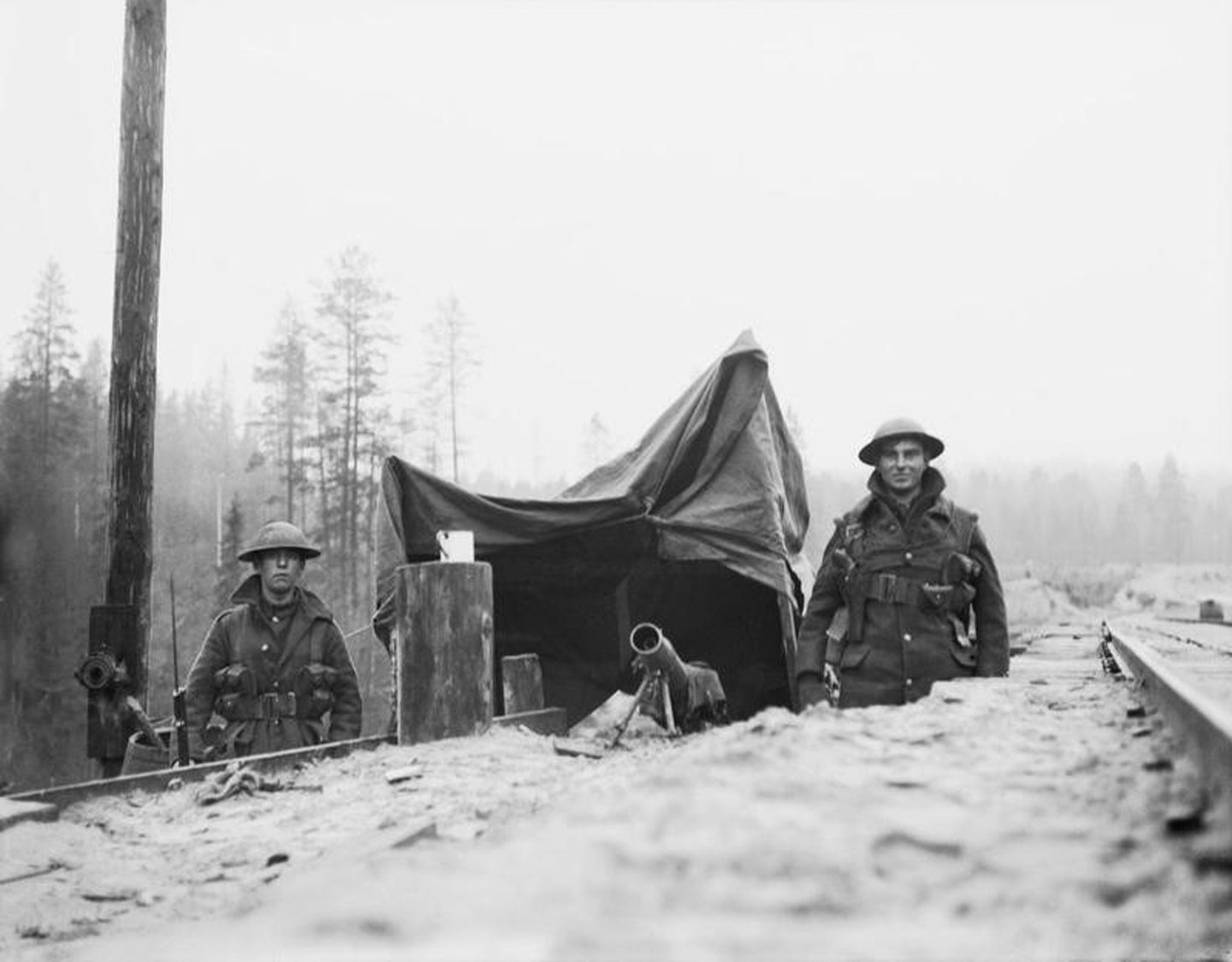
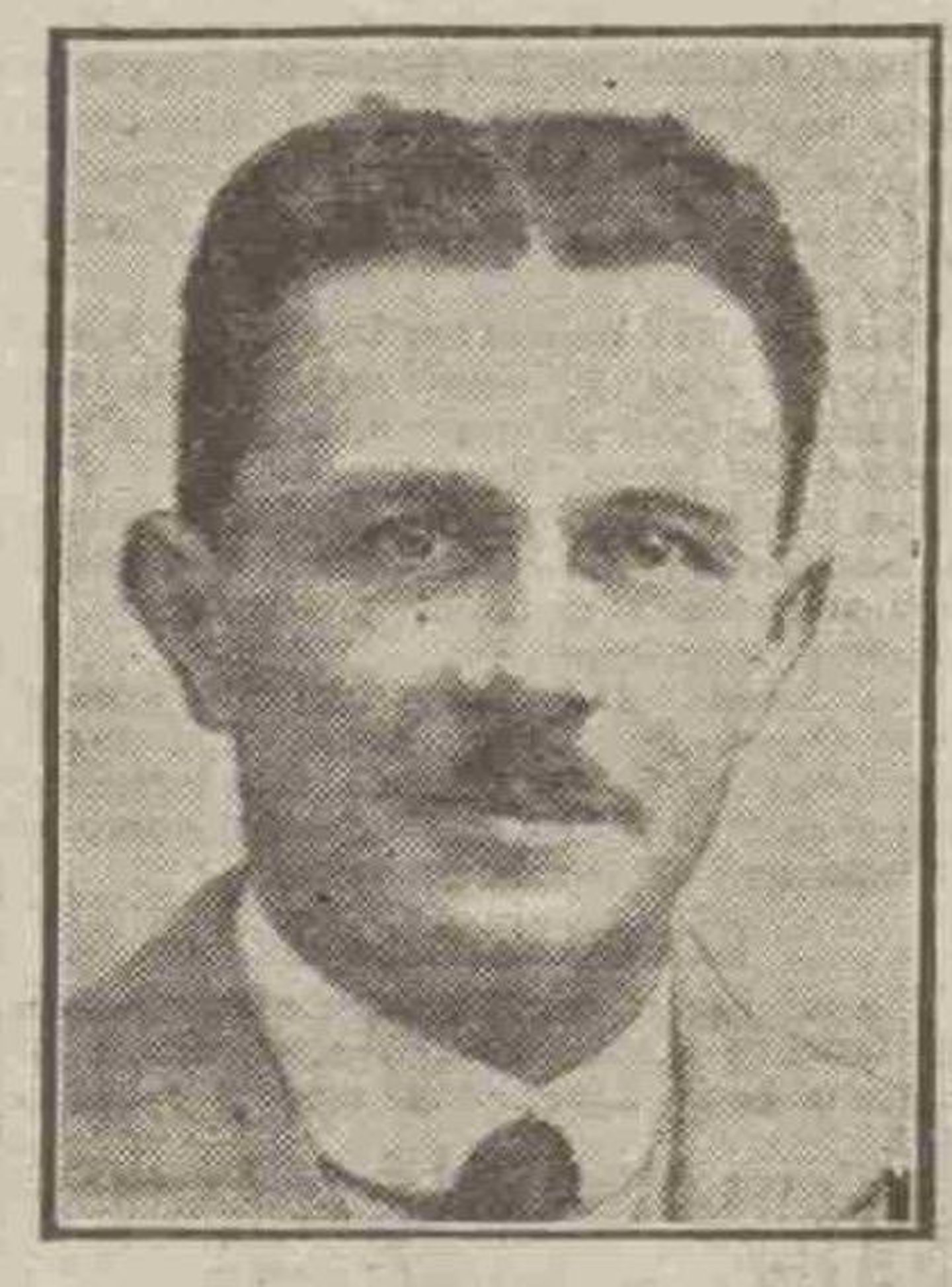
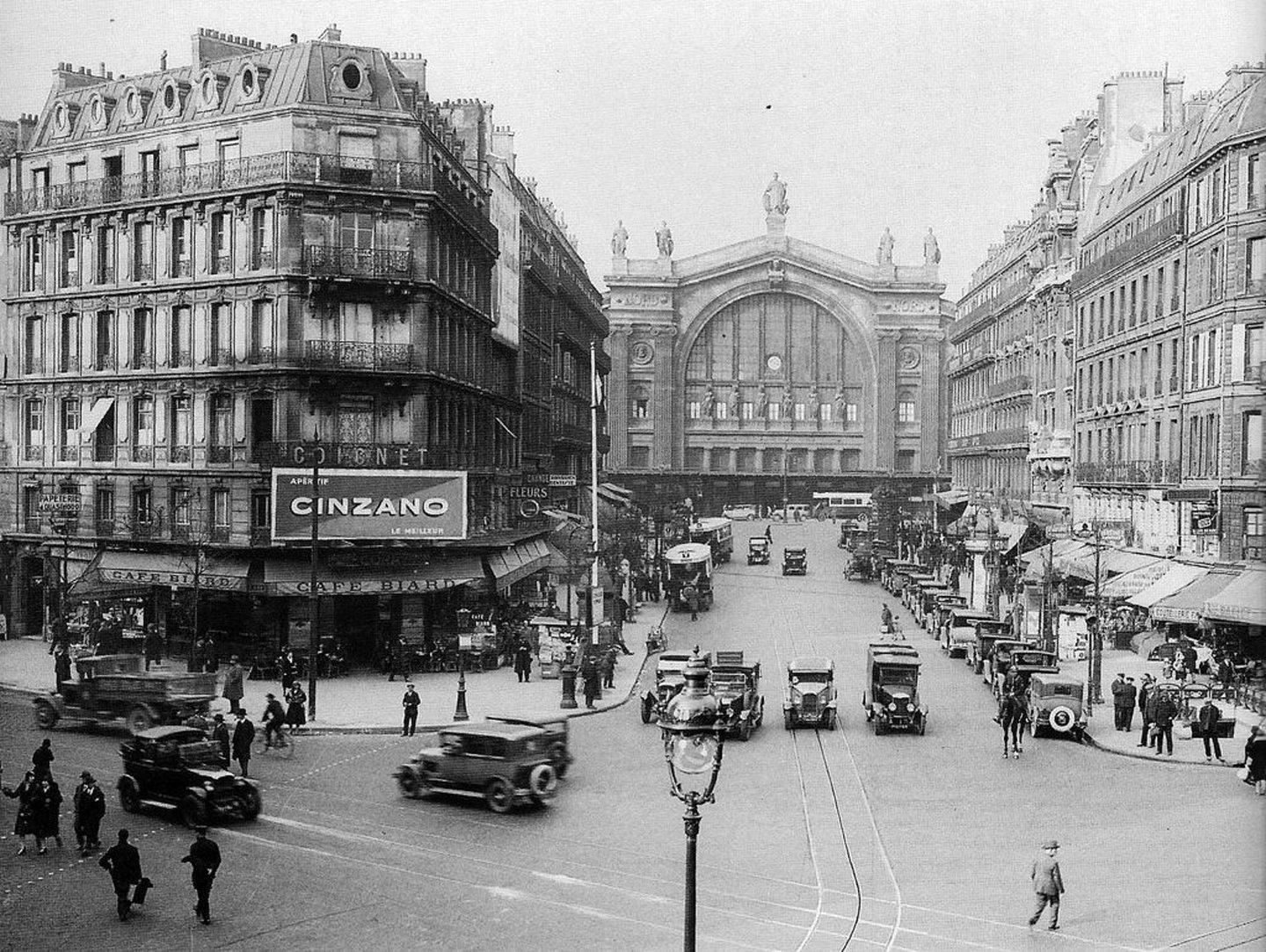
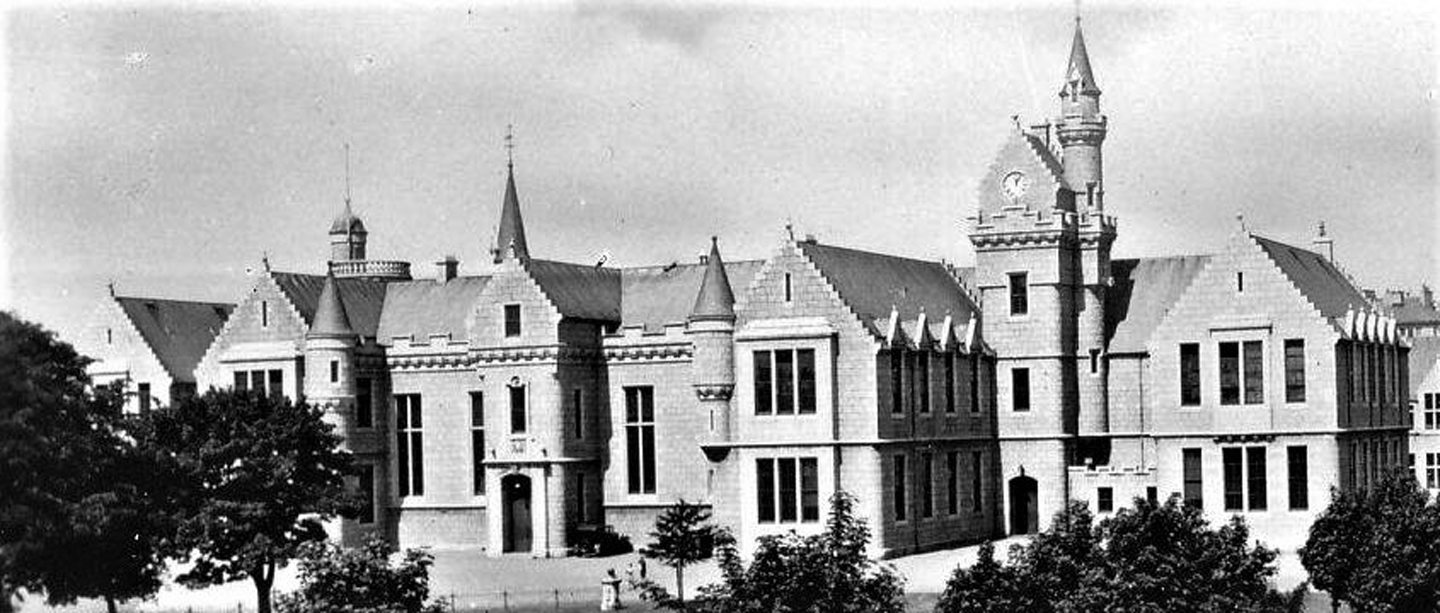
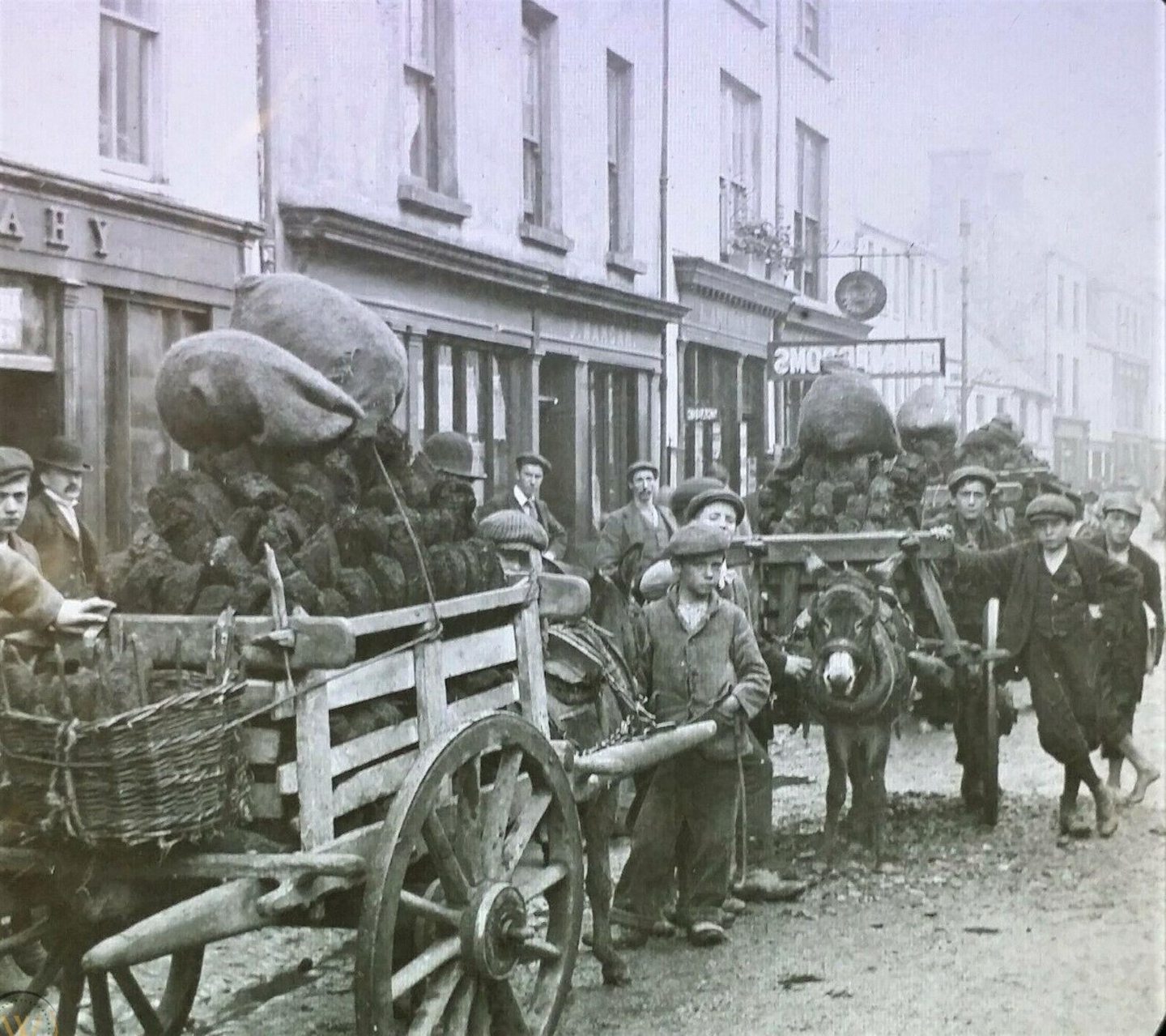
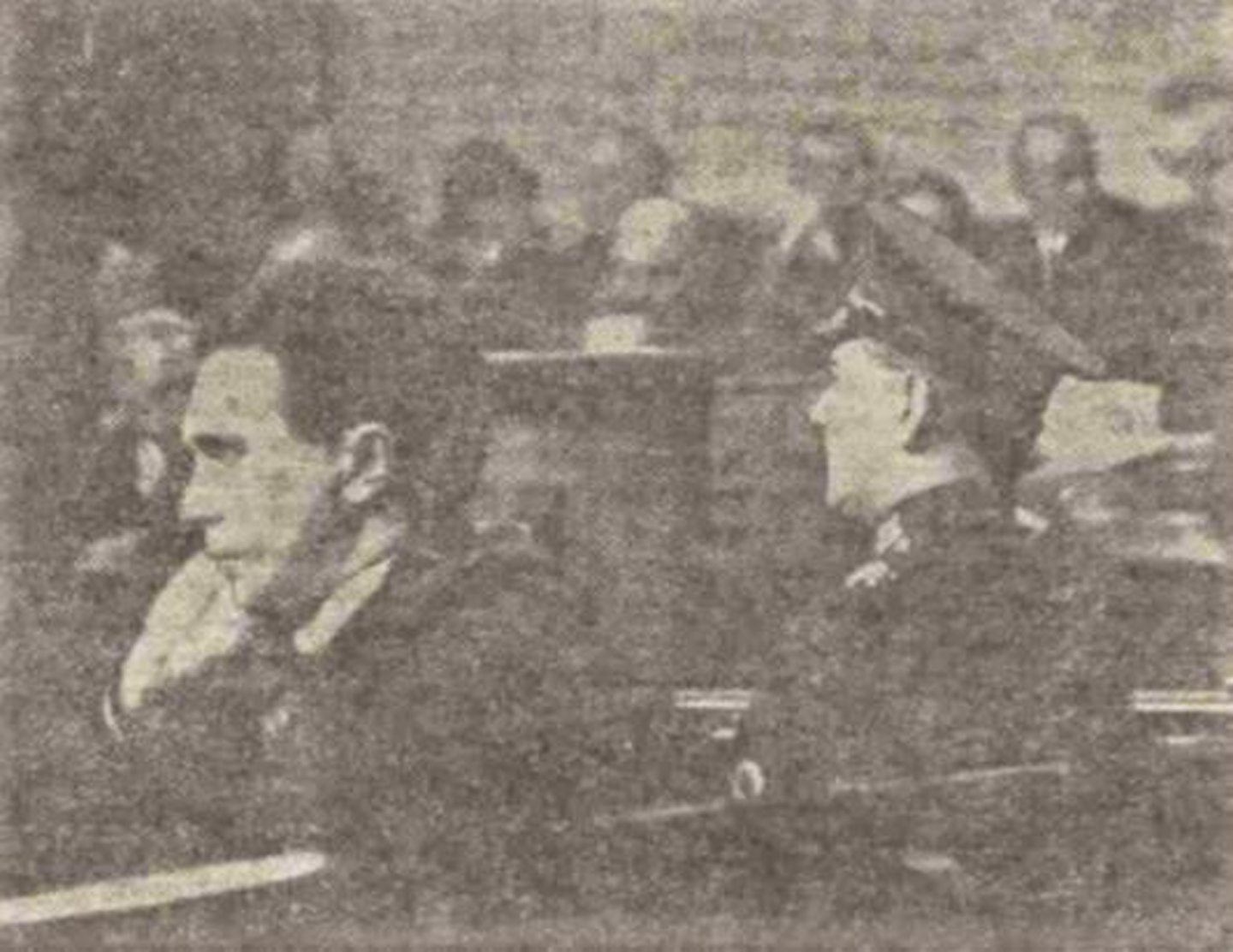
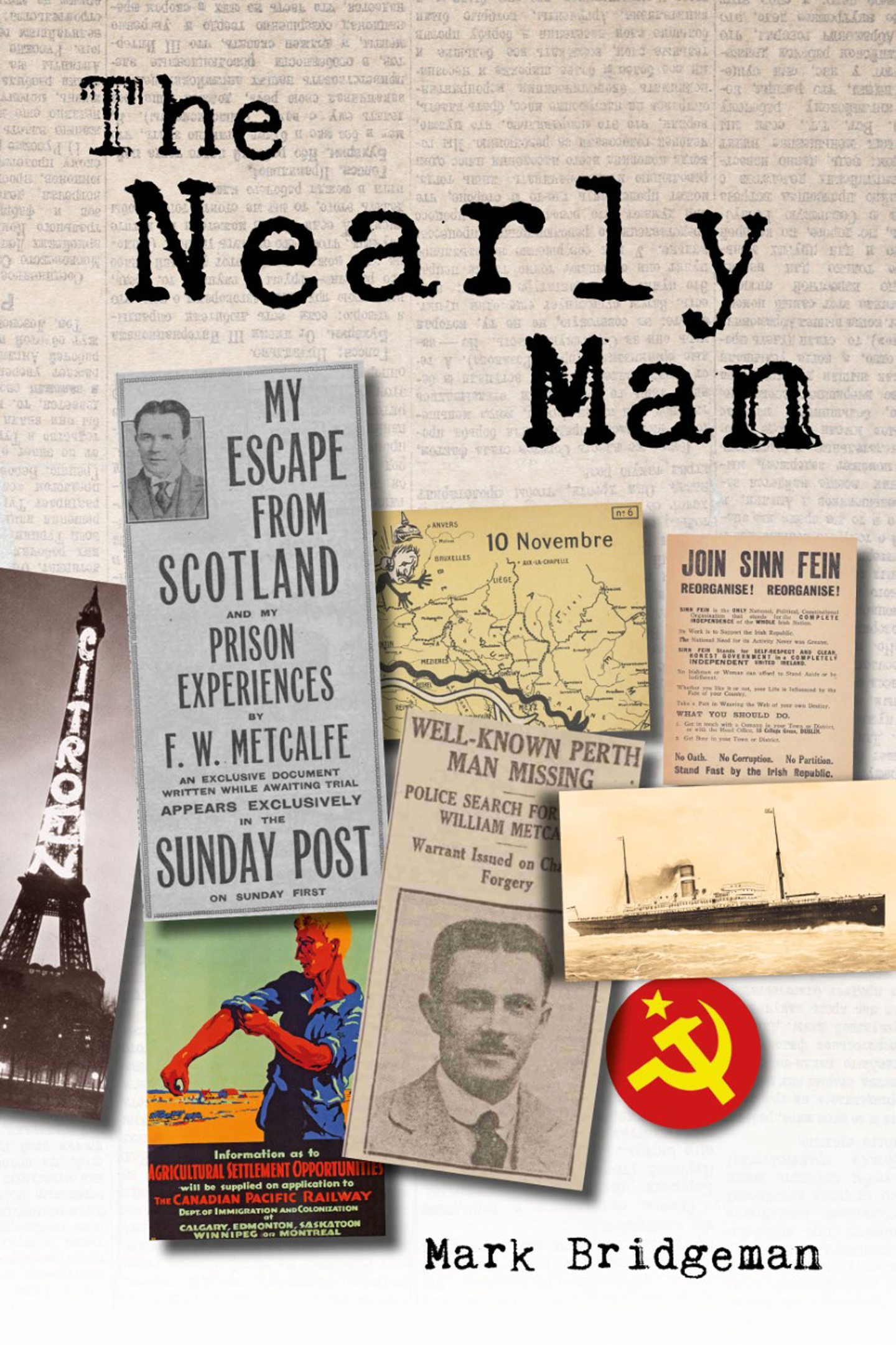

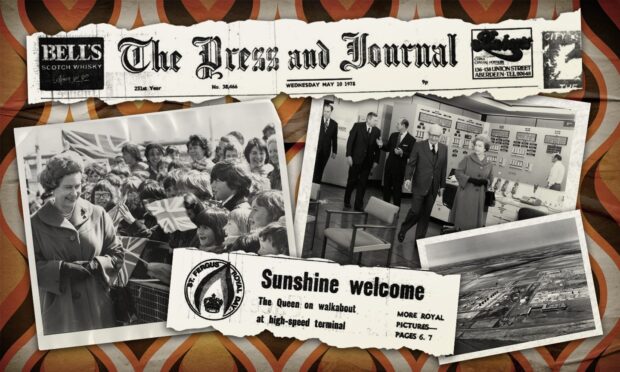








Conversation